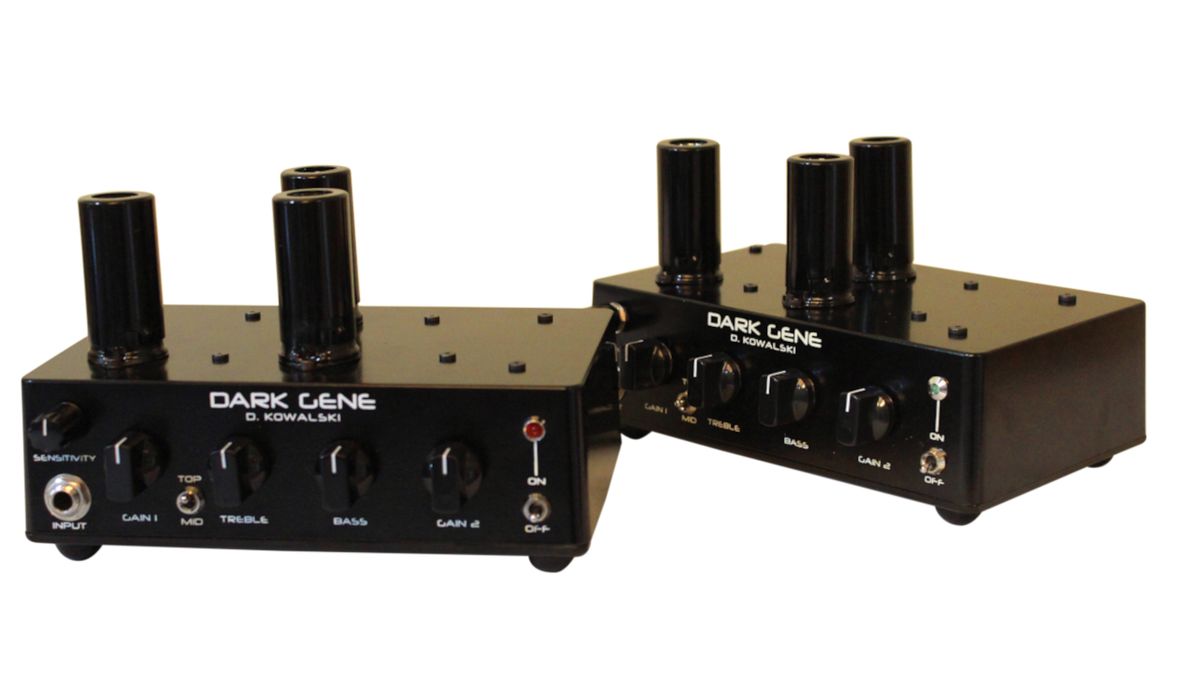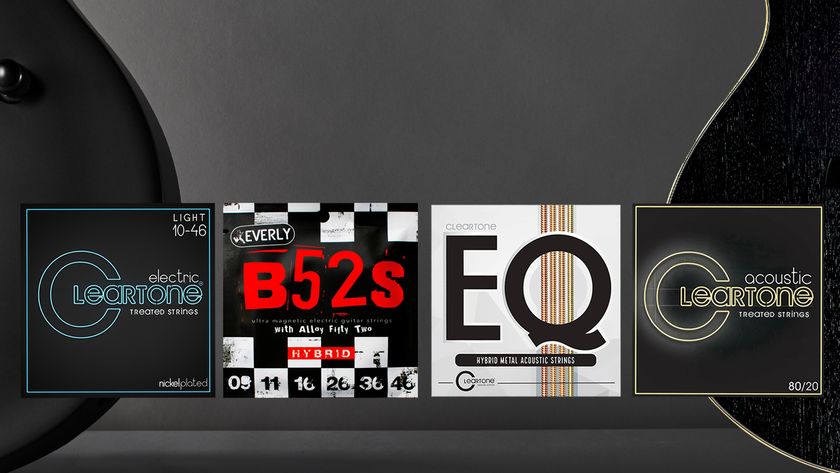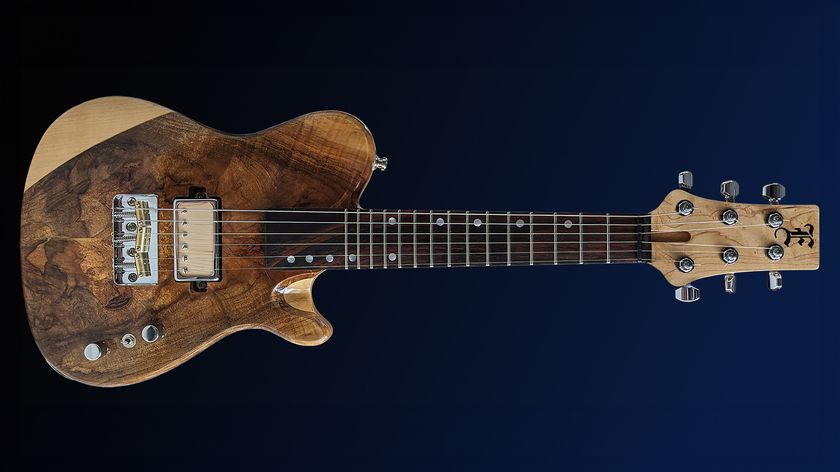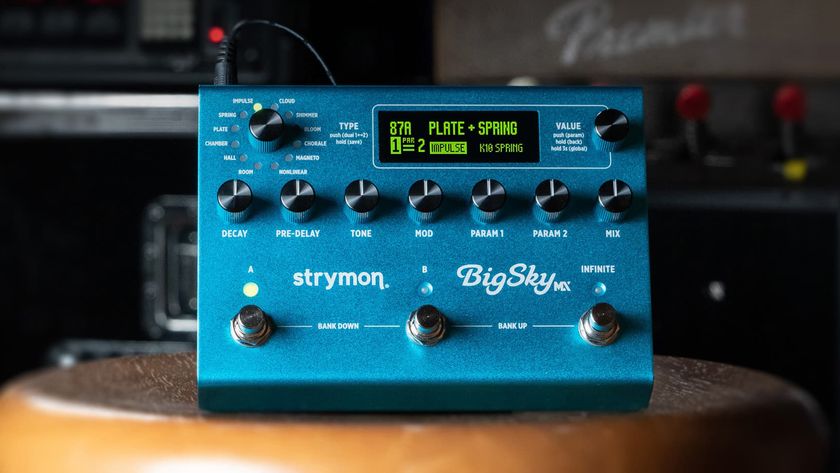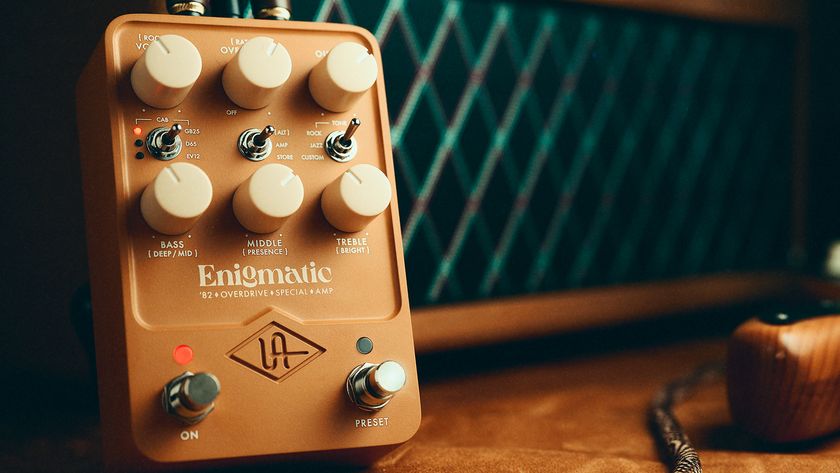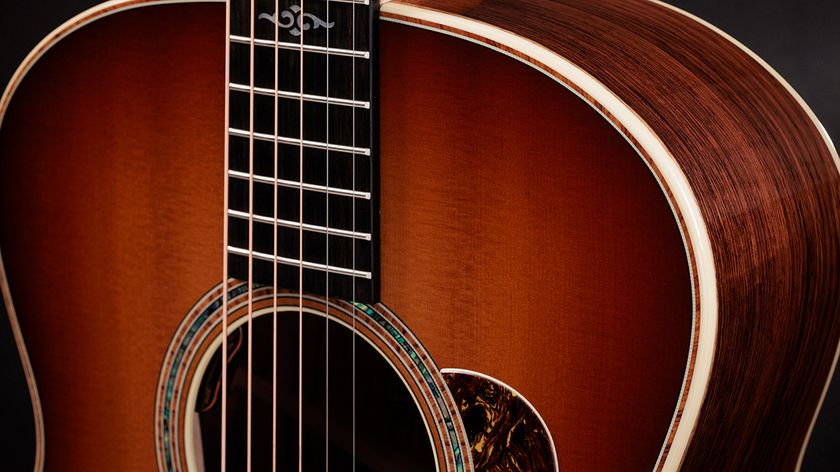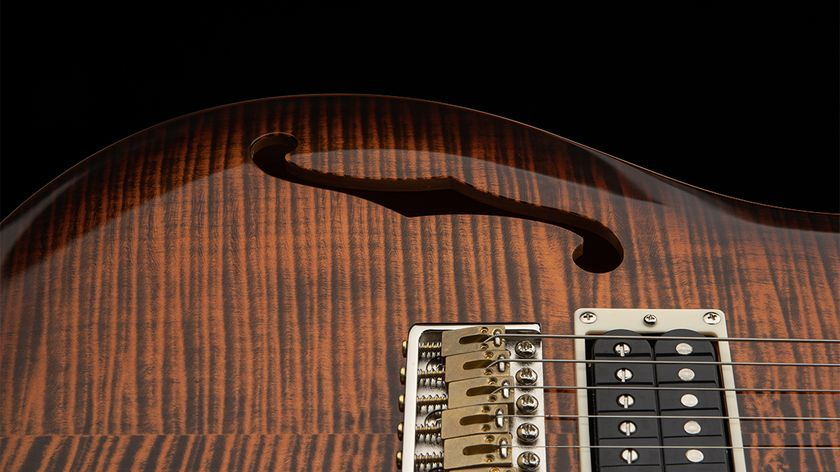GuitarPlayer Verdict
The Red model does what it does very well, and proved more versatile overall. But we unexpectedly found ourselves spending more time playing the Brit-toned Green.
Pros
- +
Cleverly designed and well-constructed, they tonefully fulfill the need for low-volume playing
Cons
- -
Red overdrive can sound a little fizzy when pushed hard
You can trust Guitar Player.
For more than 10 years, David Kowalski has been building and repairing tube amps in McAllen, Texas, just across the Rio Grande – and the U.S. border – from Reynosa, Mexico. Fairly recently, he came up with his own big idea in the form of the tiny Dark Gene micro amplifier. Available in Red and Green models, the Dark Gene puts out a diminutive 0.5 watt into your choice of four- to 16-ohm cabinet, and is voiced and gained-up to sound huge in spirit, if not in decibels.
Mini and micro amps have become a popular way to achieve cranked-up tube amp fury without overwhelming volume. Unlike some of the mass-manufactured mini amps that have hit the market in recent years, the Dark Genes are hand-wired in genuine point-to-point style. A pair of 12AX7 tubes take preamp duties, and a 12AU7 – also traditionally a preamp tube – is conscripted as an output tube, wired in parallel for a dual-single-ended Class-A output stage.
The circuit is cleverly put together using quality components, and both the power and output transformers are also located inside a metal box that’s just seven by five by two inches (though the height measurement excludes the tubes mounted atop the case). The entire thing looks more like a boutique pedal than an amp, and indeed it can be used as such. In addition to an output jack (labeled “full”) that feeds a speaker cab, the Dark Gene has a line out (labeled “low”) that lets it function as a preamp pedal for driving cab sims into power amps and other live or studio solutions. No speaker cab needs to be connected during such use.
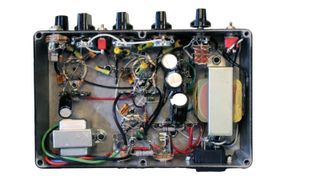
Looking virtually identical, the Red and Green Dark Gene models are distinguished by the color of their pilot lights and the sound of their respective circuits. The Red model came first and is described by its maker as a “blackface-style preamp with a completely original overdrive section.” It carries a single input, controls for sensitivity (EQ ratio), gain 1, treble, bass and gain 2. There’s also a three-way voicing switch that accentuates the mid or top. Gain 2 is a push-pull control. When pushed in, the amp is in High-Gain mode, and gain 2 acts as a master volume. Pulling it out removes gain 2 from the circuit and engages the Rhythm mode, in which gain 1 become the only volume.
The Green model resulted from requests for a more Marshall-esque Plexi-meets-JCM800 circuit, which is voiced more toward midrange grind and high-end sizzle. Unlike the Red model, it lacks the push-pull switch on its gain 2 control and has only the High-Gain/Overdrive mode.
We tested both amps using a Gibson Les Paul 1959 Reissue with humbuckers, and a K-Line Springfield with Strat-style single-coils, into a Germino 2x12 cab with Greenbacks and a custom 1x12 with a Scumback J75. The Dark Gene Red got the first spin and quickly proved to be a fun and compelling little beast. With gain 1 set below noon, the clean channel generally copped a mid-’60s American tone, with surprising body and reasonably full lows. It’s not one to rattle the foundations, but it provides plenty of tubey playability without disturbing the TV watchers in the next room, while delivering a crisp, detailed voice with easy bloom and bite from the S-style guitar and a little more sting and grit from the Les Paul.
It’s a likable and usable clean tone for a broad range of playing styles, and we could see it getting a lot of use in the studio, too. Cranking gain 1 beyond halfway induces some old-school, non-master-volume grind for enjoyable garage-rock or gnarly blues hijinks. At the same time, a lot more sag seeps into the touch response, yielding an interestingly low-voltage fuzz-like playing feel that can be fun.
In Overdrive mode, the Red sounded more hot-rodded ’60s West Coast than modern high-gain, with loads of sizzle and sustain, plus a little preamp fizz on top. It’s an enjoyable lead voice, for sure, but it also benefits from some careful balancing of the sensitivity, gain and EQ knobs to keep it from getting too buzzy. The hot preamp and the Class A output stage combine for more compression and bloom here, and ultimately it’s a very touchy-feely little amp that begs you to spend some time playing and exploring its possibilities.
The Green model goes straight to thick Brit-mini-stack grind and burn, and while we thought that might be kind of redundant in the wake of the dual-mode Red amp, we found this one a likely go-to for rock duties in general. The cranked-Plexi voicing has become a classic lead tone for good reason, and this little box again proves why: There’s something instantly right about this sound in the classic-rock mold. Given the range of the two gain controls plus tone switch, it’s not the one-trick pony you might expect, rolling confidently from thick Kossoff-like blues-rock to crispier, higher-gain early ’80s hair-rock with ease.
It’s worth noting that both models took to drive pedals and functioned well in preamp mode, though the functionality of the latter depends as much on your pedal setup and final cab-sim/IR and/or power-amp configuration.
All in all, both Dark Gene amps are a blast and serve as an easy reminder of why the mini- and micro-amp craze is still roaring. The Red model does what it does very well, and proved more versatile overall. But for whatever reason, we unexpectedly found ourselves spending more time playing the Brit-toned Green. And that’s what it’s all about.
Specifications:
- CHANNELS Red model, 2; Green, 1
- CONTROLS Sensitivity, gain 1, treble, bass, gain 2 (with clean/lead push-pull on Red Model), switch for Top/Mid voicing
- POWER 0.5 watts
- TUBES Two 12AX7 preamp tubes, one 12AU7 as output tube
- EXTRAS Low output for use as preamp. Uses a standard IEC power cord
- WEIGHT 2 lbs
- BUILT Assembled in USA
Dave Hunter is a writer and consulting editor for Guitar Player magazine. His prolific output as author includes Fender 75 Years, The Guitar Amp Handbook, The British Amp Invasion, Ultimate Star Guitars, Guitar Effects Pedals, The Guitar Pickup Handbook, The Fender Telecaster and several other titles. Hunter is a former editor of The Guitar Magazine (UK), and a contributor to Vintage Guitar, Premier Guitar, The Connoisseur and other publications. A contributing essayist to the United States Library of Congress National Recording Preservation Board’s Permanent Archive, he lives in Kittery, ME, with his wife and their two children and fronts the bands A Different Engine and The Stereo Field.
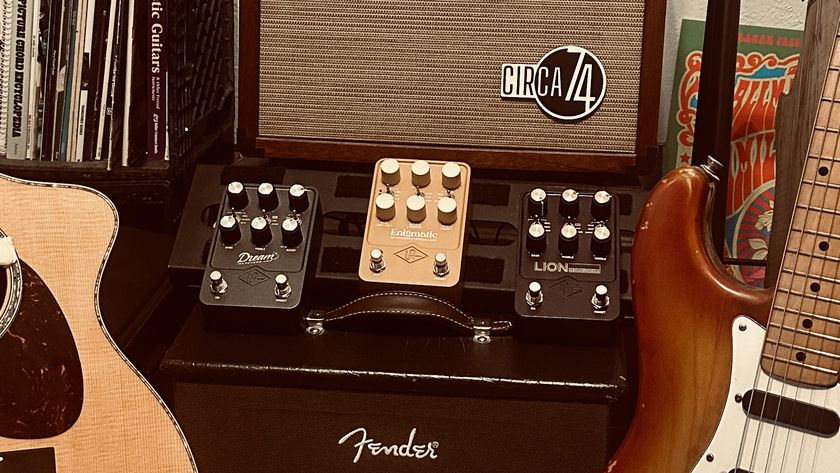
"Let’s take acoustic-electric amplification to its ultimate realization." How to make an acoustic amp shimmer like a vintage Fender, smolder like a Dumble or scream like a Marshall
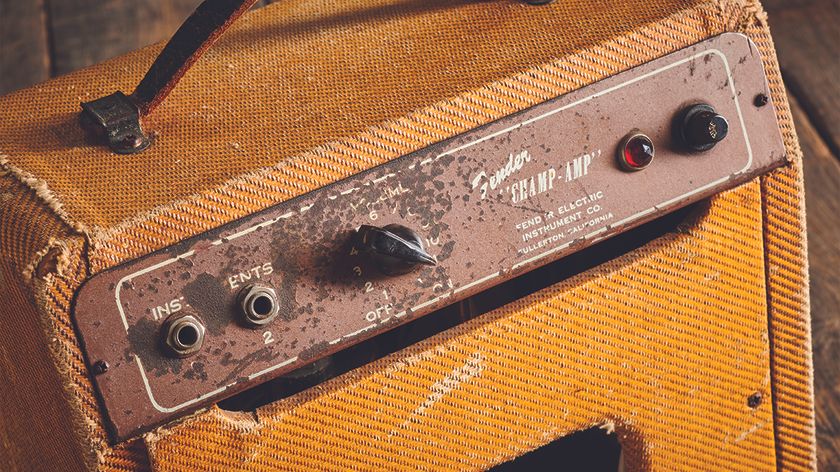
“After 76 years, it’s still considered a monster tone machine.” Leo Fender got it right in 1948 with an amp he created for lap-steel guitar players
